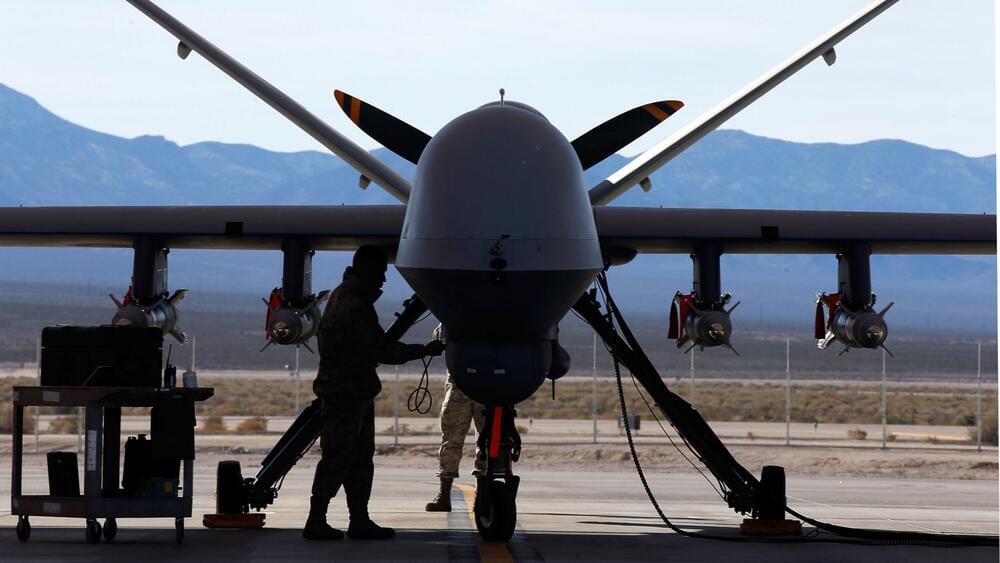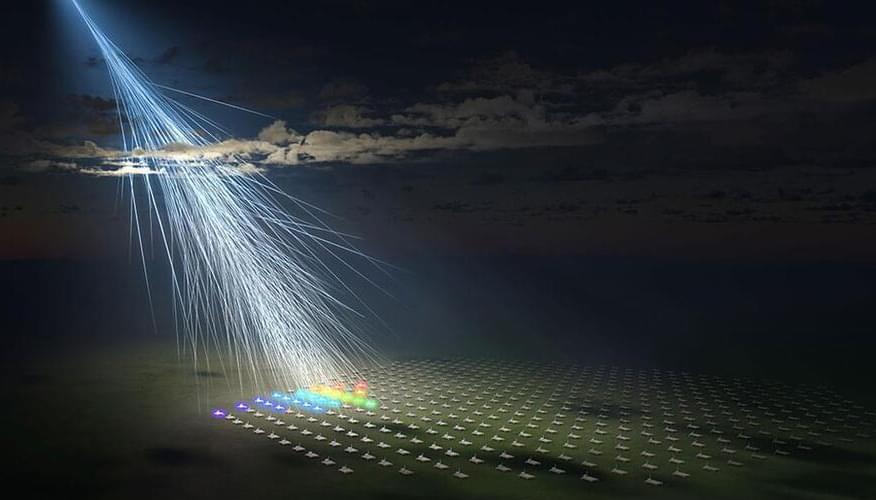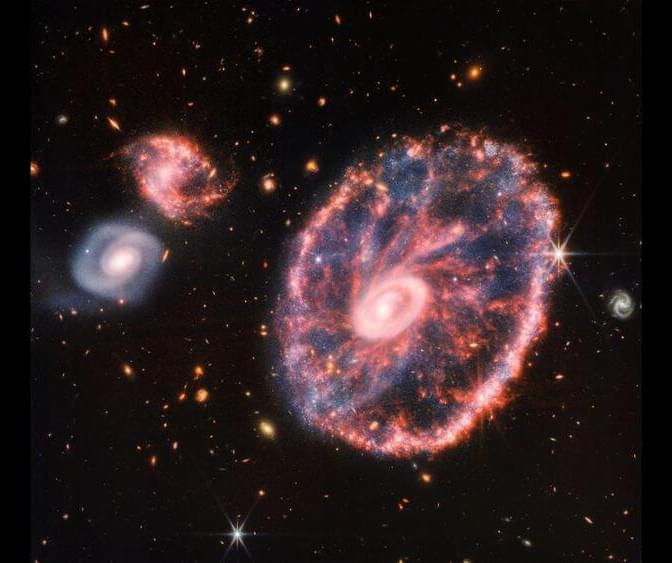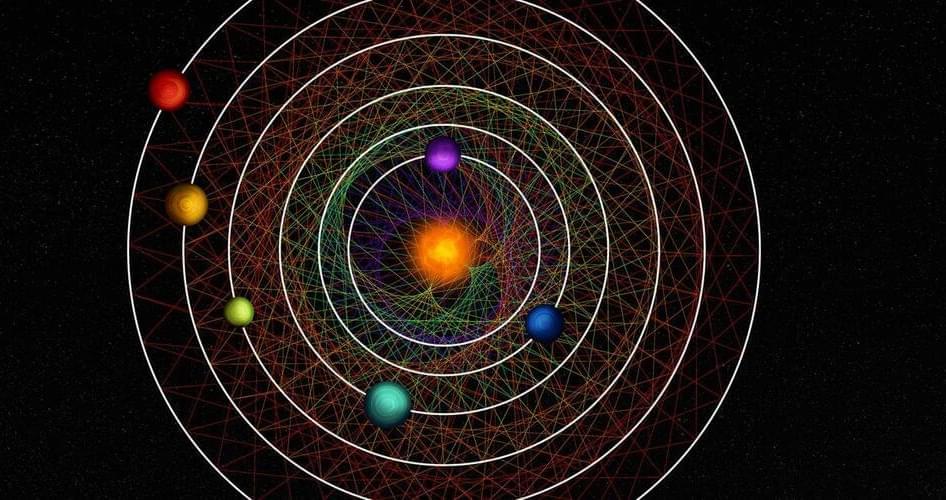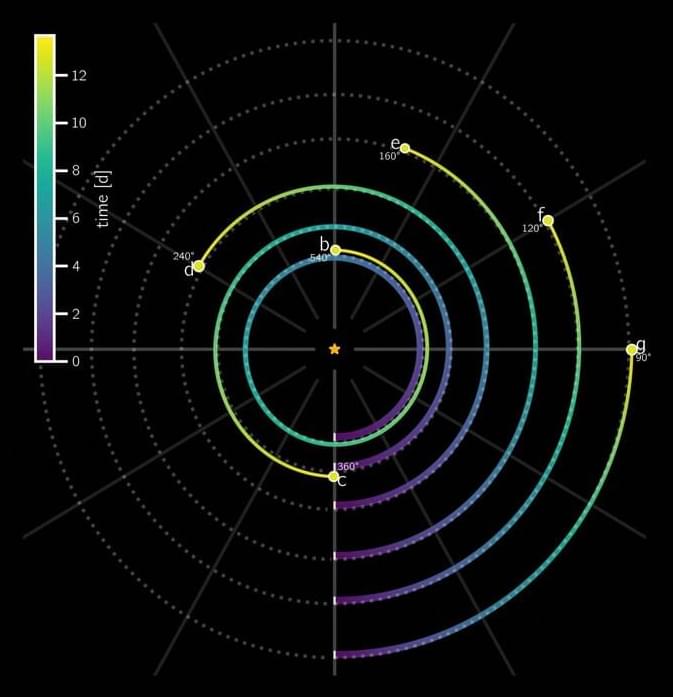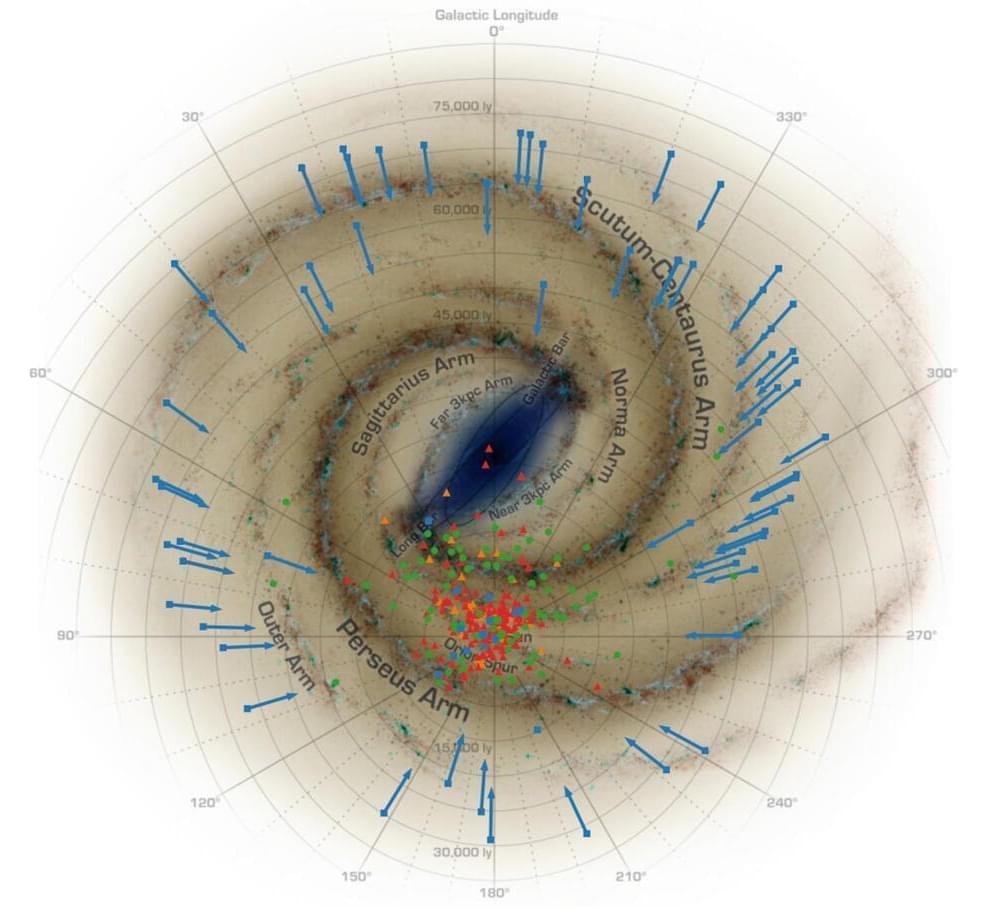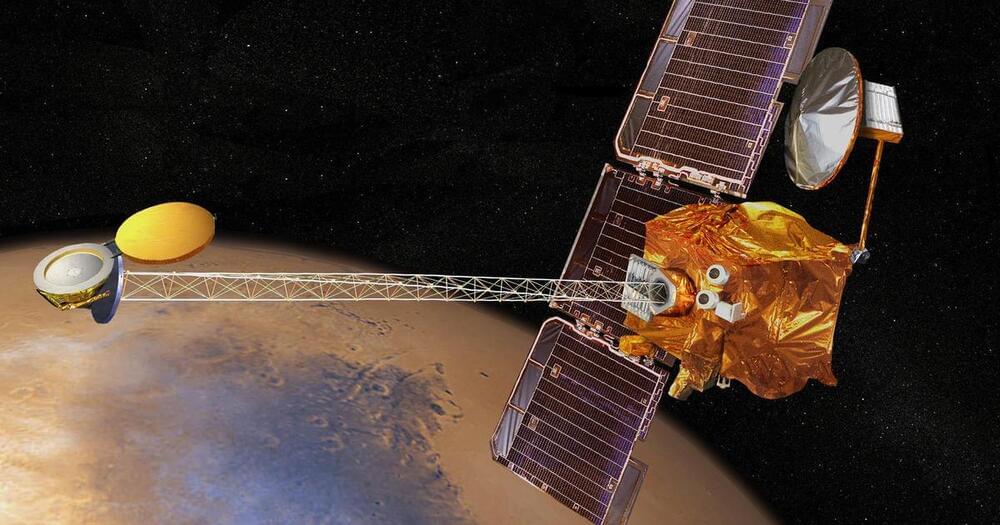The Earth’s magnetic field plays a big role in protecting people from hazardous radiation and geomagnetic activity that could affect satellite communication and the operation of power grids. And it moves.
Scientists have studied and tracked the motion of the magnetic poles for centuries. The historical movement of these poles indicates a change in the global geometry of the Earth’s magnetic field. It may even indicate the beginning of a field reversal—a “flip” between the north and south magnetic poles.
I’m a physicist who studies the interaction between the planets and space. While the north magnetic pole moving a little bit isn’t a big deal, a reversal could have a big impact on Earth’s climate and our modern technology. But these reversals don’t happen instantaneously. Instead, they occur over thousands of years.
